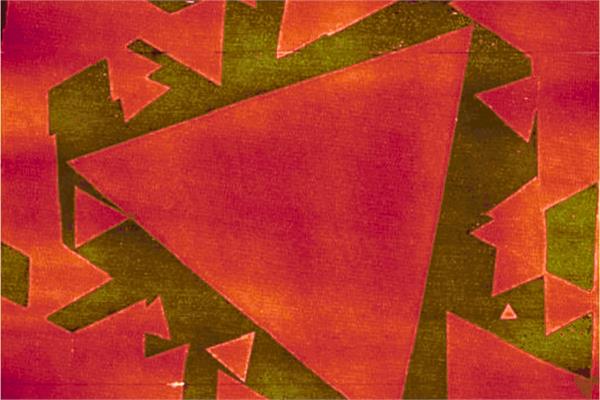
The new anti-rust coating can boost longevity and efficiency of 2D semiconductor devices by up to 100%.
Researchers from Penn State University (Unites States of America) have created an anti-rust coating to improve the durability of electronic components. In fact, just as rust reduces the life of metal parts, the same happens in two-dimensional (2D) semiconductors, with oxidation that can ruin the 2D materials that control electrical flux.
"One of the biggest issues that we see in 2D semiconductor research these days is the fact that the materials oxidize quickly. You need to ensure their long-term reliability because these are going into transistors or sensors that are supposed to last years. Right now, these materials don't last more than a week out in the open,” states Joshua Robinson, professor of materials science and engineering and co-corresponding author of the work.
2D materials are ultra-thin, only one or a few atoms thick. In fact, they are promising for advanced semiconductors because their thinness provides a shorter and more direct path for electrons to move quickly and with less resistance through the material – thus enabling faster and more efficient electronic performance.
"We wanted to get away from using water in the process so we started thinking about what sort of 2D materials we can make that do not use water in its processing, and amorphous boron nitride is one of those. One of the biggest issues that we see in 2D semiconductor research these days is the fact that the materials oxidize quickly. The high dielectric strength demonstrated by a-BN is comparable to the best dielectrics available, and we don’t need water to make it. What we demonstrated in the paper was that including amorphous boron nitride yields improved device performance compared to conventional dielectrics alone,” continues Joshua Robinson.
Traditional methods to protect these materials from rust involve the use of oxide-based coatings, but these processes often use water, which can accelerate the oxidation they are intended to prevent. The team tackled this problem by searching for a material and coating method that completely avoided the use of water: amorphous boron nitride (a-BN).
“A non-crystalline form of boron nitride, a-BN is known for its high thermal stability and electrical insulation properties, making it ideal for use in semiconductors to insulate components, prevent unwanted electrical currents and improve device performance. While the coating helped produce a better 2D transistor, getting the coating on the 2D materials proved a challenge, Two-dimensional materials lack dangling bonds, which are unpaired electrons on the surface of a material that react or bond with other atoms. A standard single-step process that uses higher temperatures to coat the materials resulted in uneven and discontinuous coatings, well below the quality electronics need to function properly,” adds Joshua Robinson.
Finally, to uniformly coat 2D materials with a-BN, the team developed a new two-step atomic deposition method, which involves depositing a thin ‘seed layer’ of a-BN at low temperature before heating the chamber to typical deposition temperatures between 250 and 300 °C. This method allowed researchers to produce a uniform coating of a-BN on 2D semiconductors, while improving transistor performance by 30% to 100% compared to devices that do not use a-BN.
“When you sandwich 2D semiconductors between the amorphous boron nitride, even though it’s amorphous, you end up with a smoother electronic road, so to speak, that would enable improved electronics. The electrons can go faster through the 2D material than they could if they were between other dielectric materials. We have room for improvement even though it’s already outperforming other dielectric materials,” Robinson said. "The primary thing that we're trying to do right now is improve the overall quality of the material and then integrate it into some complex structures you would see in future electronics,” concludes Joshua Robinson.